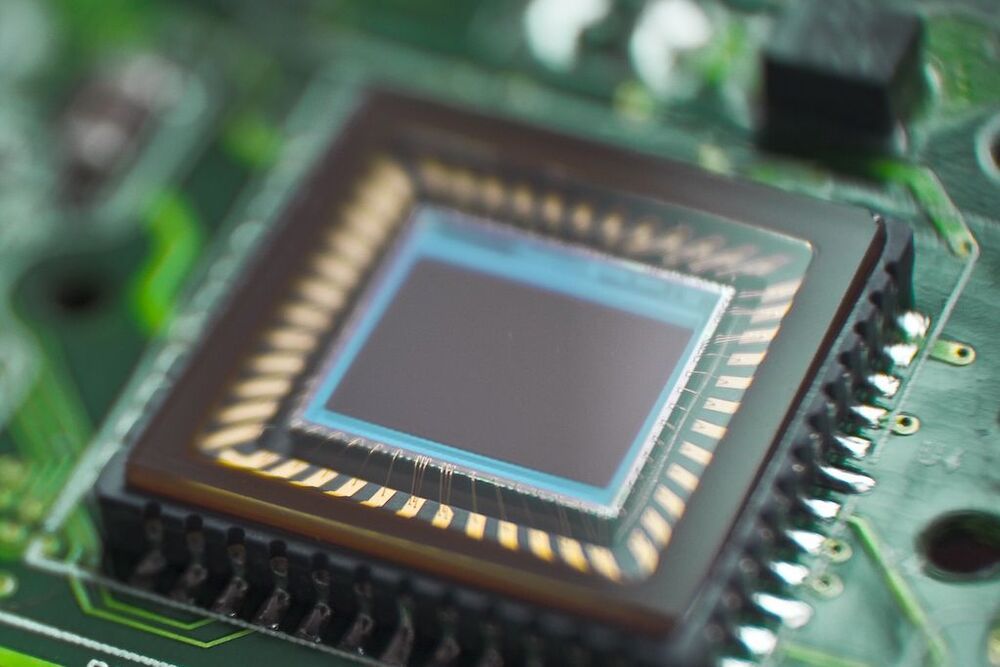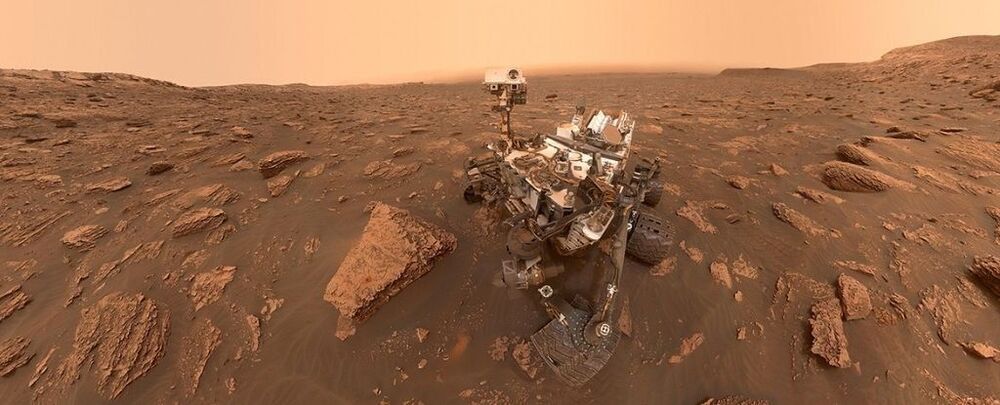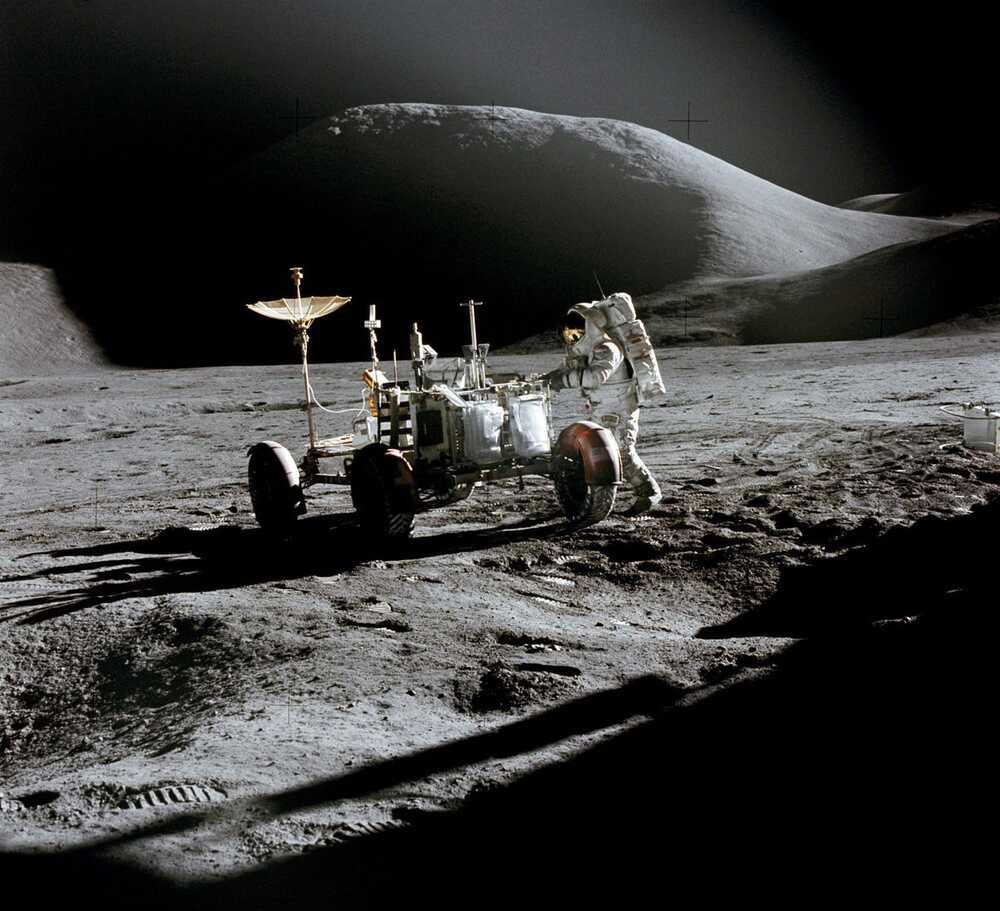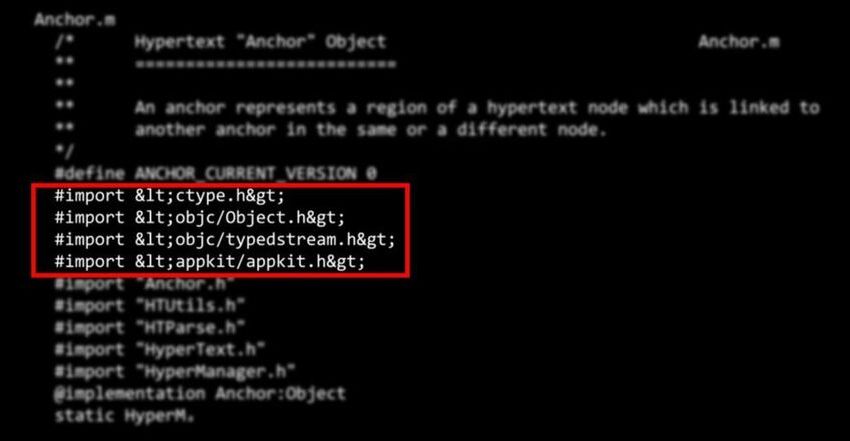😃
Defense Advanced Research Projects Agency (DARPA) has made its hardware vulnerability disclosure platform for white-hat hackers open source.
The platform, known as Finding Exploits to Thwart Tampering (FETT), was first launched last year, and the agency hopes that moving to an open-source structure will help ethical hackers to spot flaws with chip design and aid the creation of new processor prototypes.
The system virtualizes hardware and firmware, giving hackers a full range of access to chip designs before they are produced and installed into agency systems.









